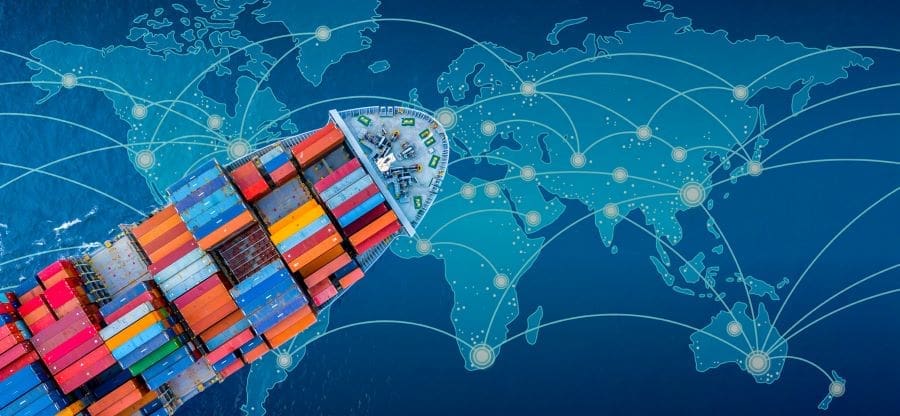India is well-positioned to benefit from the ongoing global shift in trade and investment flows, particularly as the United States continues to tighten restrictions on strategic investments in China. This trend, amplified by the recent US presidential elections, is driving multinational companies to diversify their supply chains and reduce their exposure to geopolitical risks.
Textile Sector to Gain Momentum
A recent analysis by Moody’s Ratings highlights the potential for India’s textile sector to experience significant growth. As global companies seek alternative sourcing destinations, India’s robust manufacturing capabilities and favourable investment climate make it an attractive option. The country’s textile industry, already a major player in the global market, could further solidify its position by attracting increased foreign direct investment (FDI) and capitalising on the growing demand for high-quality, sustainable products.
Diversification and De-risking
The “China+1” strategy, where companies maintain a presence in China while expanding operations elsewhere, is gaining traction. India, with its skilled workforce and supportive government policies, is emerging as a key destination for such diversification efforts. This shift is likely to benefit not only the textile sector but also other industries such as electronics, pharmaceuticals, and automotive components.
Infrastructure and Connectivity
To fully leverage these opportunities, India must continue to invest in infrastructure development, particularly in ports and logistics. Improved connectivity will facilitate the smooth movement of goods and reduce transportation costs, making the country even more competitive. Additionally, the government’s focus on digital initiatives, such as the Digital India program, can further enhance the efficiency and transparency of the supply chain.
Navigating Geopolitical Tensions
As geopolitical tensions between the US and China intensify, India must carefully navigate its foreign policy to balance its economic interests. By maintaining strong diplomatic ties with both countries, India can position itself as a reliable and stable partner.
In conclusion, India’s textile industry is well-placed to capitalise on the changing global landscape. By embracing technological advancements, investing in infrastructure, and implementing supportive policies, the country can emerge as a leading manufacturing hub and contribute significantly to the nation’s economic growth.

